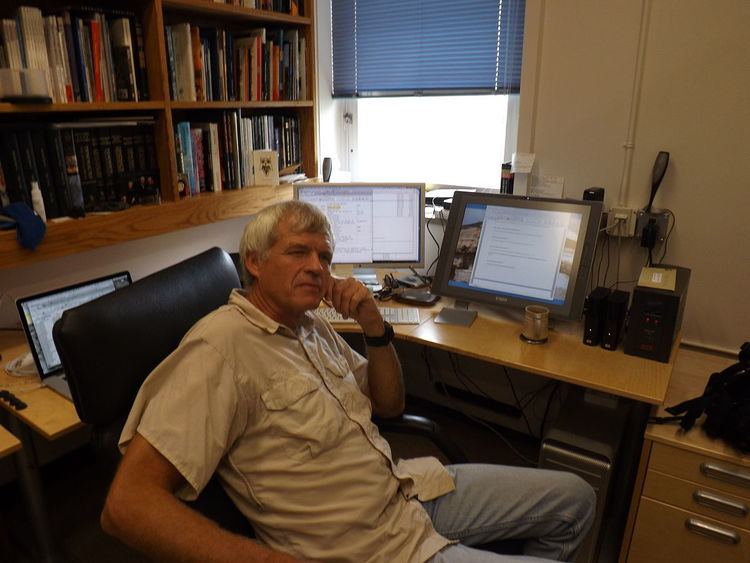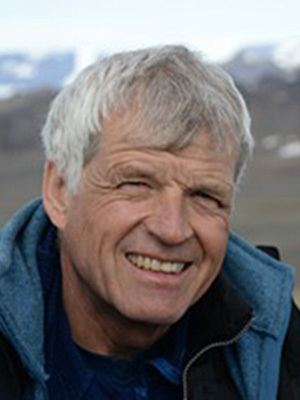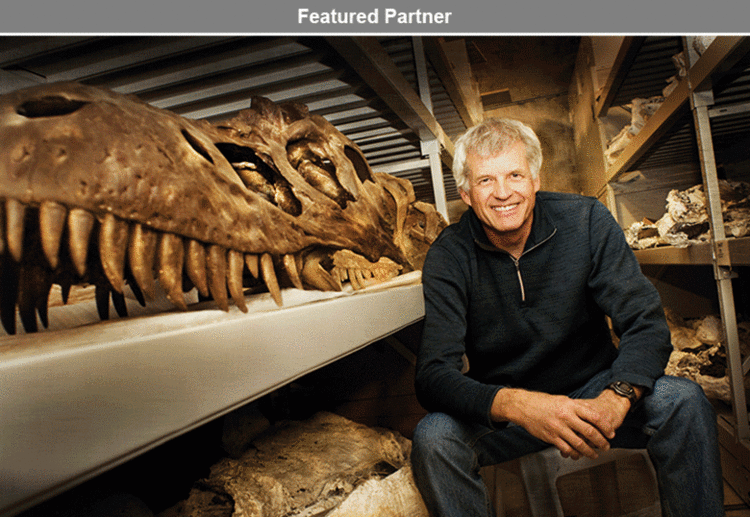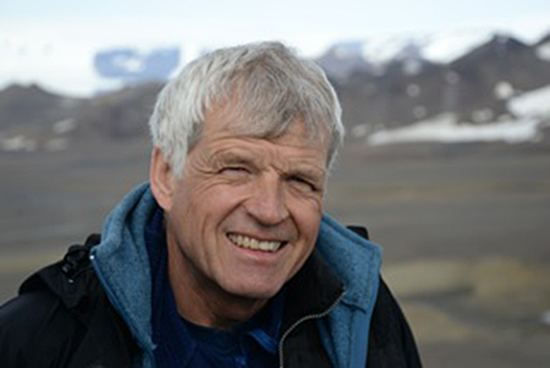Nationality Canadian | Name Philip Currie | |
 | ||
Born March 13, 1949 (age 76) Brampton, Ontario ( 1949-03-13 ) Alma mater | ||
Solving the mystery of a bizarre mongolian dinosaur dr philip j currie tedxcalgary
Philip John Currie, (born March 13, 1949) is a Canadian palaeontologist and museum curator who helped found the Royal Tyrrell Museum of Palaeontology in Drumheller, Alberta and is now a professor at the University of Alberta in Edmonton. In the 1980s he became the director of the Canada-China Dinosaur Project, the first cooperative palaeontological partnering between China and the West since the Central Asiatic Expeditions in the 1920s, and helped describe some of the first feathered dinosaurs. He is one of the primary editors of the influential Encyclopedia of Dinosaurs, and his areas of expertise include theropods (especially Tyrannosauridae), the origin of birds, and dinosaurian migration patterns and herding behavior. He was one of the models for palaeontologist Alan Grant in the film Jurassic Park.
Contents
- Solving the mystery of a bizarre mongolian dinosaur dr philip j currie tedxcalgary
- Entrevista a philip j currie
- Biography
- Contributions to palaeontology
- Philip J Currie Dinosaur Museum
- Personal life
- Awards and recognition
- Selected works
- References

Entrevista a philip j currie
Biography

Currie received his Bachelor of Science degree from the University of Toronto in 1972, a Master of Science from McGill University in 1975, and a Ph.D. in biology (with distinction) from the same institution in 1981. His Masters thesis and Ph.D. thesis were on synapsids and early aquatic diapsids respectively.

Currie became curator of earth sciences at the Provincial Museum of Alberta (which became the Royal Alberta Museum in 2005) in Edmonton in 1976 just as he began the Ph.D. program. Within three seasons he had so much success at fieldwork that the province began planning a larger museum to hold the collection. The collection became part of the Tyrrell Museum of Palaeontology, which was completed in 1985 (the "Royal" epithet was added in 1990), and Currie was appointed curator of dinosaurs.

In 1986, Currie became the co-director of the joint Canada-China Dinosaur Project, with Dale Russell of the Canadian Museum of Nature in Ottawa and Dong Zhiming of the Institute of Vertebrate Paleontology and Paleoanthropology in Beijing.
Contributions to palaeontology
Over the last 25 years he has worked on fossil discovery in Mongolia, Argentina, Dinosaur Provincial Park, Dry Island Buffalo Jump Provincial Park, and many other locations.
His contributions to paleontology include synonymizing the genera Troodon and Stenonychosaurus in 1987 (with the former name taking precedence). The similarities between the troödonts and birds made him a major proponent of the theory that birds are descended from dinosaurs.
As part of the joint China-Canadian Dinosaur Project he helped describe two of the first dinosaur specimens from the lagerstätten of the Liaoning province in China that clearly showed the impression of feathers: Protarchaeopteryx and Caudipteryx. In contrast with the 1996 discovery of Sinosauropteryx, which only showed the impression of downy filaments, these were indisputably feathers. This not only helped cement the theory that birds are descended from dinosaurs, but indicated that many dromaeosaurids were feathered. This discovery made him a celebrity, featured in numerous popular articles and documentaries.
In 1997, Currie teamed up with Microsoft's Chief Technical Officer Nathan Myhrvold to create a computer model demonstrating that diplodocids could snap their tails like whips, and create small sonic booms. He was involved in exposing a composite specimen that had been the subject of the 1999 National Geographic "Archeoraptor" scandal.
Currie became increasingly skeptical of the orthodox belief that large carnivorous dinosaurs were solitary animals, but there was no evidence for his hypothesis that they may have hunted in packs. However, circumstantial evidence came when he tracked down a site mentioned by Barnum Brown that featured 12 specimens of Albertosaurus from various age groups.
Philip J. Currie Dinosaur Museum
In 2015, a museum entitled to Philip J. Currie, the Philip J. Currie Dinosaur Museum, was opened in Wembley, Alberta. The museum, designed by Teeple Architects, celebrates one of the world’s richest dinosaur-bone beds, Pipestone Creek.
Personal life
Currie is a lifelong science-fiction fan, and fan of the works of Edgar Rice Burroughs. He is married to the Danish palaeobotanist and palynologist Eva Koppelhus, and has three sons from a previous marriage.
Awards and recognition
Dinosaur species named in honour of Currie include Quilmesaurus curriei (Coria, 2001), Epichirostenotes curriei (Sullivan et al., 2011), Teratophoneus curriei (Carr et al., 2011), Philovenator curriei (Xu et al., 2012), and Albertavenator curriei (Evans et al., 2017).
